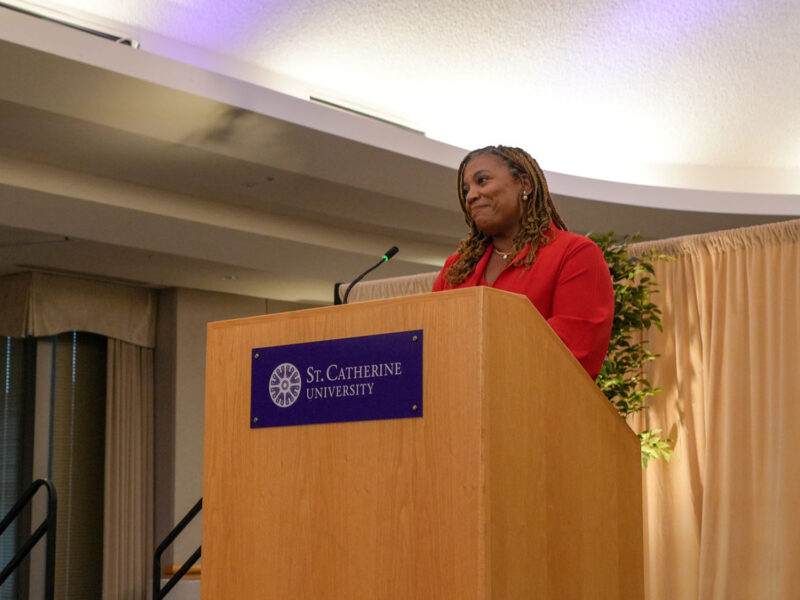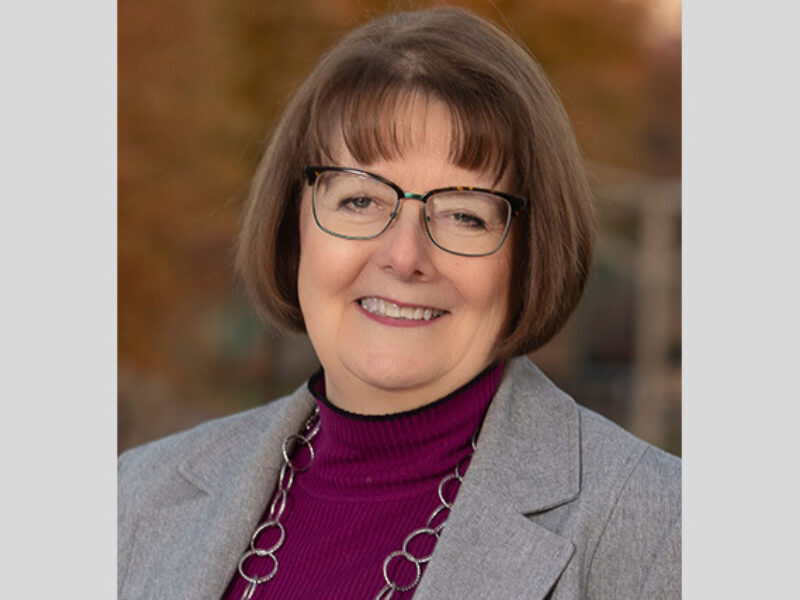Learn how recent Federal legislation could impact your or your clients’ charitable giving in retirement.
In late 2022, new Federal legislation signed into law1 made significant changes to rules for retirement assets. This law includes some new provisions for qualified charitable distributions (QCDs). This legislation has been dubbed the “SECURE Act 2.0,” because it addresses some of the same areas of law as the SECURE (Setting Every Community Up for Retirement Enhancement) Act of 2020.
This article will focus on three key aspects of how these legislative changes affect charitable giving:
- Changes to Required Minimum Distribution Starting Age
- Qualified Charitable Distributions – what changed and what stayed the same
- Qualified Charitable Distribution Best Practices
Changes to Required Minimum Distribution Starting Age
Once we reach a certain age, we must begin taking distributions from our retirement accounts, such as IRAs, 401(k)s and 403(b)s. The amount of these distributions is determined by a specific calculation that considers our age and the total balance of the account.
Generally, the older we get, the larger these distributions get so that the account is as close to $0 as possible upon death. For a very long time, the starting age for required minimum distributions (RMDs) was 70.5 years of age. In 2020 it was pushed to age 72 for some and now it’s been pushed even later.
RMDs will be required at age 73 for people born between 1951 and 1959.
RMDs will be required at age 75 for people born 1960 and later
Updated Required Minimum Distribution Starting Ages
| Birth Year | Age at Which RMDs Are Required* |
| 1950 and earlier | Age 72 |
| 1951-1959 | Age 73 |
| 1960 and later | Age 75 |
*While this information is applicable for most, there are still some limited exceptions to these rules. For a full explanation, we recommend the comprehensive SECURE Act 2.0 summary created by Kitces.com.
Many people don’t need their RMDs. They live comfortably on other sources of income, such as pensions and social security. Distributions from retirement accounts are often 100% taxable at our highest income tax rate; therefore, many people will choose to live on sources of income with lower tax rates and defer taking RMDs until they absolutely must. RMDs can be quite large – sometimes in the 6- and 7-digit range. Virtually the only way to avoid this additional income and the associated tax is to direct it to nonprofits in the form of a qualified charitable distribution.
Changes to Qualified Charitable Distribution Rules
The qualified charitable distribution has been around for several years. It allows an Individual Retirement Account (IRA) owner to make a distribution directly from their IRA to nonprofits. The SECURE Act 2.0 made one significant change to the qualified charitable distribution rules. A QCD can now be used to fund a charitable gift annuity (CGA) or charitable remainder trust (CRT).
Charitable gift annuities and charitable remainder trusts are charitable giving vehicles that allow someone to make a charitable gift that creates an income stream for themselves or someone else and after a period of time, whatever is left of that gift is sent to charity. There is some fine print regarding this new opportunity you’ll want to be aware of.
- Limited to one $50,000 QCD to a CGA or CRT per lifetime
- Income beneficiaries of the CGA or CRT are limited to the donor and/or the donor and their spouse
- All distributions from the CGA or CRT will be taxed as ordinary income
- Payments from the CGA or CRT must begin within one year
- The CGA or CRT cannot accept gifts of other assets
These restrictions mean that it is likely that a donor will use a QCD to create a gift annuity, but very unlikely that they will use a QCD to create a charitable remainder trust.
Charitable remainder trusts are more complex to administer than a gift annuity, and thus they come with higher administrative expenses and higher minimum balance requirements. It is not financially feasible to create a CRT with less than $100,000. Otherwise, the administrative fees will eat up too much of the value. Spouses are permitted to make QCDs of up to $50,000 each from their respective IRAs to the same charitable remainder trust. In that situation, the CRT would be more financially feasible.
To find out more, please contact our team at 651.224.5463 or email us at philanthropy@spmcf.org.
Are you a professional advisor? Here are some tips to talk to your clients about the SECURE Act 2.0
If you're a professional advisor, when talking to clients about this new opportunity, we recommend focusing on the charitable gift annuity, rather than the charitable remainder trust. Make sure they know about how the income will be taxed, that there is no option for income deferral past one year, and the limits on who can be an income beneficiary.

What Stayed the Same?
A Qualified Charitable Distribution can only be made from an Individual Retirement Account (IRA).
Our 401(k) and 403(b) accounts are not eligible. Of course, someone could easily “roll-over” money from one of those types of accounts into an IRA and then make their QCD.
The minimum age to make a Qualified Charitable Distribution is still 70.5.
This is a great thing. As advisors you can start talking to clients about QCDs early. Make sure that they know about the option and the financial benefits it brings. Many donors are using their IRAs to make their annual fund gifts, and those gifts are often much larger than what they could afford to give from their checking or savings accounts.
The maximum QCD amount is still $100,000.
However, that amount will now be indexed for inflation.
Qualified Charitable Distributions may not be directed to a Donor Advised Fund (DAF).
There are other types of funds, such as designated funds, field of interest funds and unrestricted funds at the Saint Paul & Minnesota Foundation, that can receive QCDs.
QCD Best Practices
We recommend contacting the nonprofit prior to making a QCD gift to let them know the gift is coming and in what amount. The checks that IRA administrators send to nonprofits in the form of a QCD rarely indicate who made the gift. Nonprofits want to be able to thank the donor and to make sure they receive credit for such a generous gift on their records.
In summary, the opportunities for qualified charitable distributions have expanded a bit, which gives us the opportunity to communicate something new with clients. If you’re not already doing so, start talking about QCDs with your clients.
To find out more, please contact our team at 651.224.5463 or email us at philanthropy@spmcf.org.
[1]Omnibus Appropriations Bill of 2023
The Saint Paul & Minnesota Foundation does not provide tax, legal or accounting advice. Please consult your own tax, legal and accounting advisors regarding your individual situation before engaging in any transaction.









